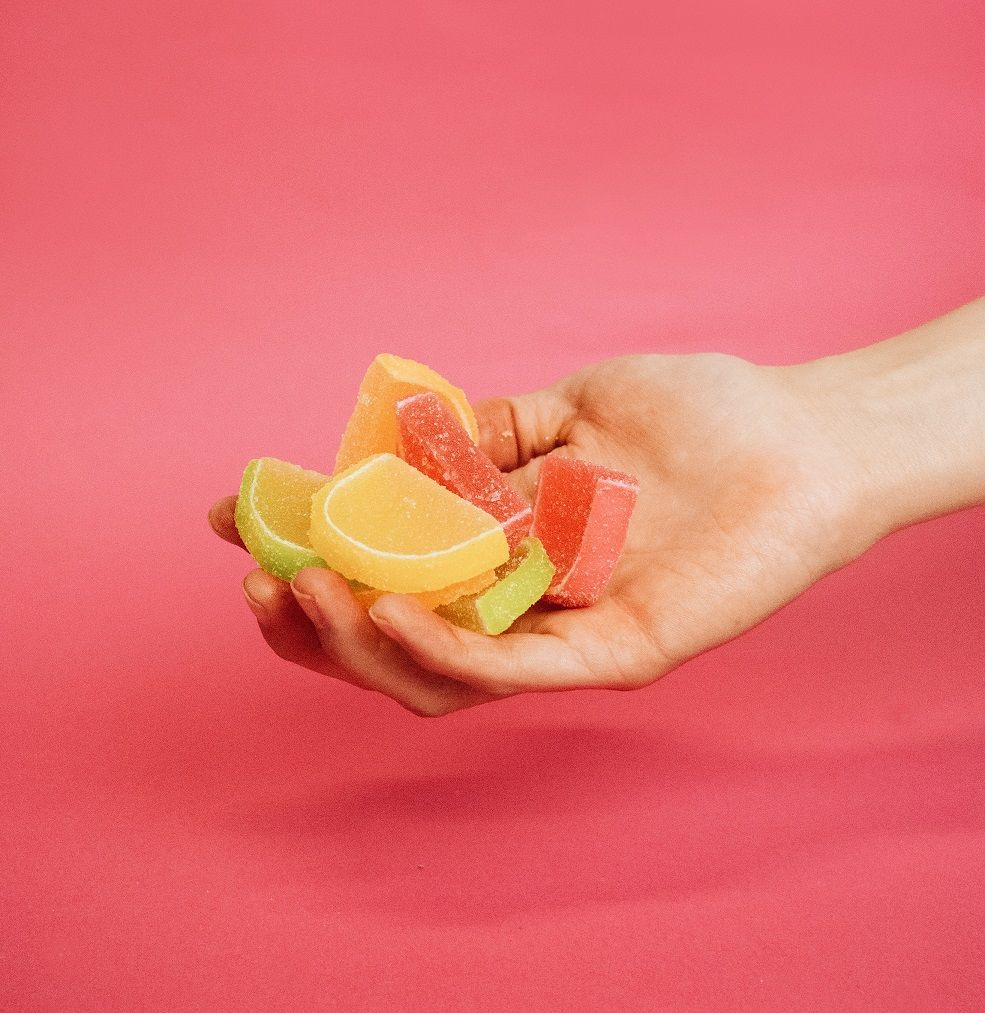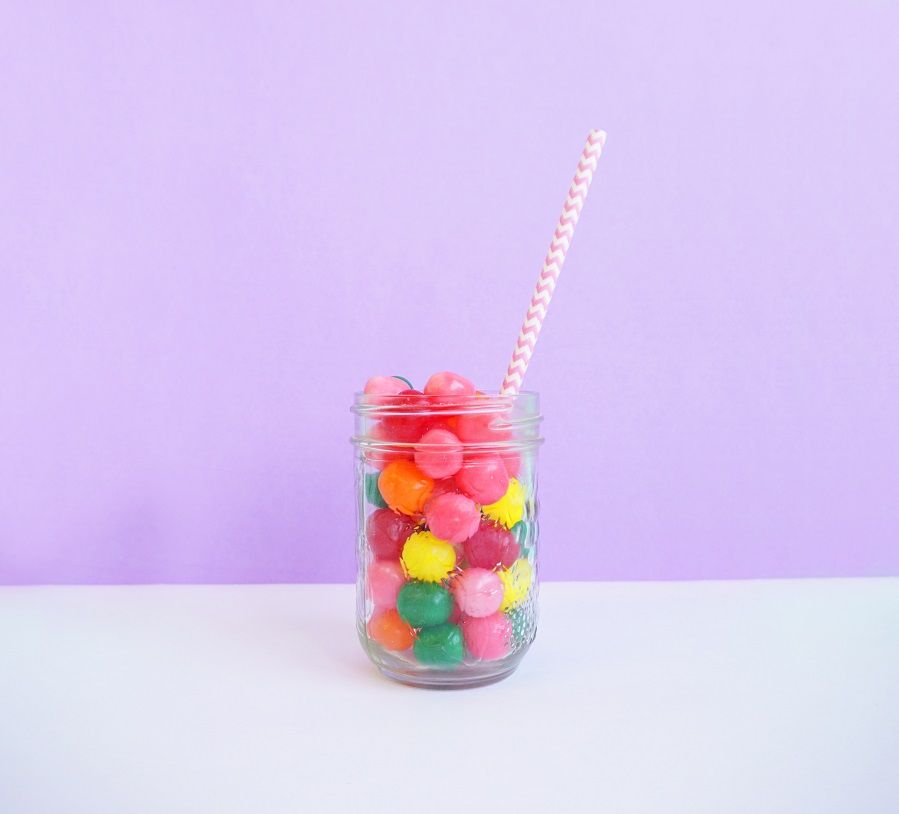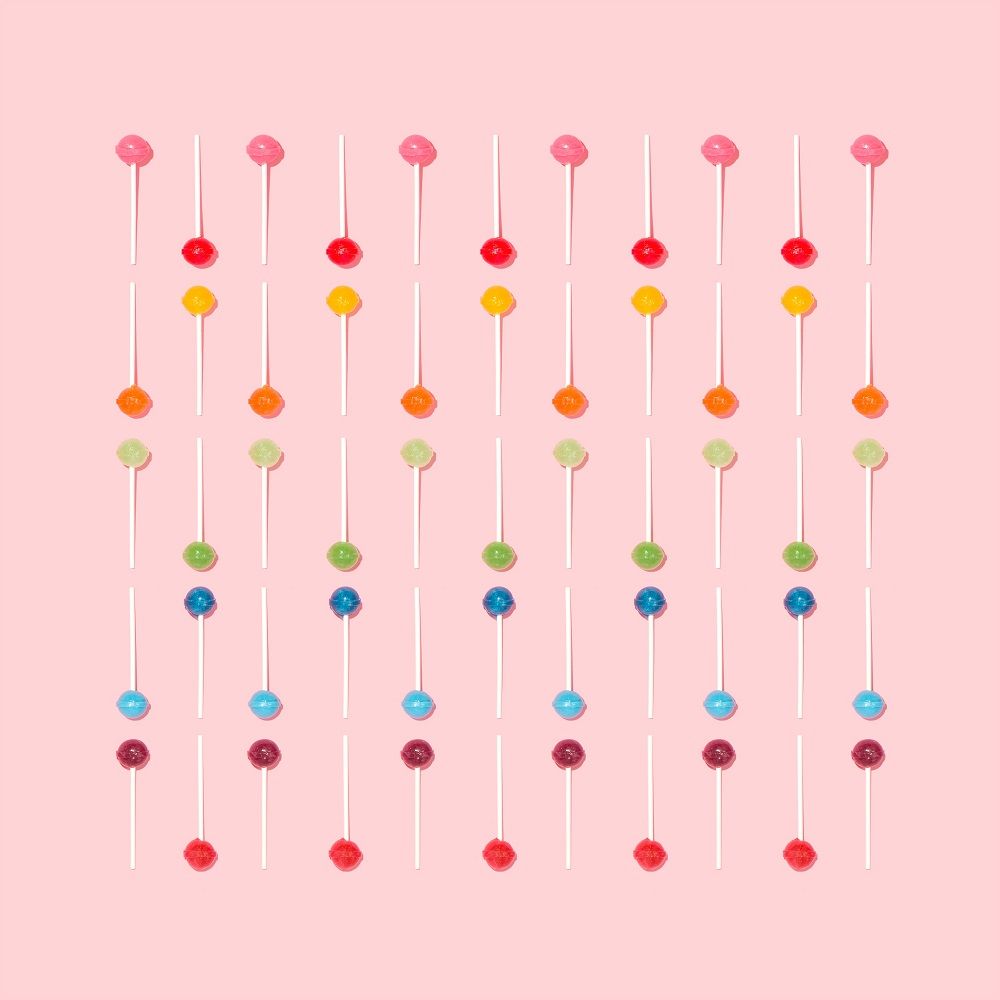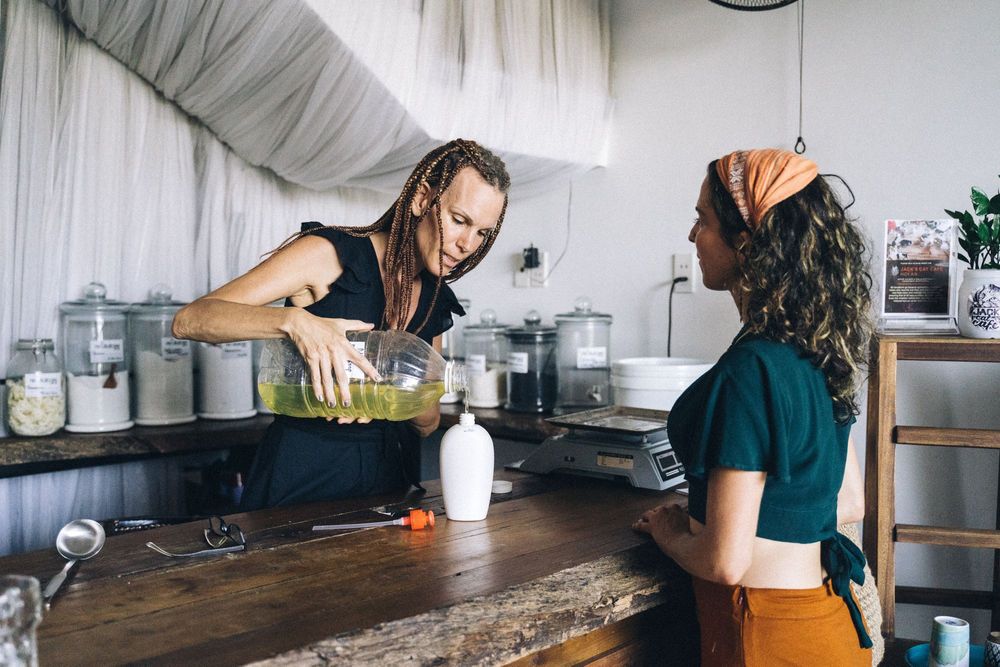Your kid just got back from a night of trick or treating, and you’re freaked out by what your kid is about to eat? If this just happened to you, keep reading.
Many parents can’t resist the fun of dressing the kids up in ridiculous costumes and taking them around the neighborhood for oodles of delicious treats. Others don’t want to be seen as the enemy of their kids. But as a health-conscious parent who is legitimately concerned for your kid’s health, where do you draw the line?
Know which ingredients are actually bad
Often products contain long lists of ingredients which are difficult to understand. As a rule of thumb, if you can’t pronounce it, or it is a series of numbers or capital letters, you should just avoid it completely — but sometimes a hard to pronounce word is actually just the scientific name for something perfectly healthy.
Here are a few examples of some of the ingredients to start avoiding.
Caramel color — Shown to increase lung cancer rates in rats at any dose, and considered a carcinogen by California above 29 micrograms per day.
Vanillin — It is often made from petrochemicals.
TBHQ — Derived from petroleum and linked to allergies, dermatitis, ADHD, asthma in humans, and stomach cancer in rats.
BHT — Banned in many countries (not the U.S., though) and linked to cancer.
Growth hormone — Any product that contains milk that isn’t certified organic is likely to contain growth hormone, which are banned in many countries (not the U.S.) and linked to breast cancer in humans.
Artificial colors — Derived from petrol, and many of them are linked to ADHD, cancer, and can cause allergic reactions.
Artificial flavors — The FDA doesn’t require specific labeling if these are in low doses, so it’s difficult to say how toxic they may be. Better off to just avoid them if possible.
High fructose corn syrup — Recently an independent study determined that up to 33% of HFCs contained mercury, a known neurotoxin, due to the process of manufacturing.
Sugar & artificial sweeteners — Avoiding sugar and processed foods can reduce the risk of type 2 Diabetes. Many people make the mistake of replacing sugar with processed artificial sugars which are often just as detrimental.

Be honest with your kids
Educating yourself on which ingredients to avoid is a great place to start, but empowering your family with this information is even more important. The earlier you start with this process the better.
If your attitude is to positively empower your child as a health warrior, instead of controlling them with rules, it is very likely that their response will be positive.
You are likely to even hear them educating their friends about what irresponsible companies are putting in their products!
Many preventable dietary-driven diseases are on the rise in children, and it’s important that you help your child make decisions — just as you teach them to avoid stepping out into traffic. If you can manage to calmly and lovingly explain to your kids what could happen from certain choices, they might not like it in the short term, but in the long run, as they see these results in real life, they are likely to embrace health consciousness as their own.

Give them alternatives
If you’ve been living unhealthy for a while and trying to make changes, or if your child is resistant to eating healthy for any reason, it’s important to avoid a power struggle over it. The best way to do this is to give them alternatives.
If your kid just came home excitedly with a trick or treat bag full of candy, find something they like even more than candy and trade them for some or all of it. This could be a food, activity, or something else. You could even encourage them to share their candies with kids who weren’t able to have the experience. Be creative, but make sure to have fun, and for them to feel empowered.
Depending on where you’re shopping, you may find brands which only use organic or simple ingredients yet taste the same or even better than typical candy. If your child insists on eating all their Halloween candy, one alternative is to let them try the higher quality candies and let them trade in what they got trick or treating.
If that doesn’t work, you can compromise by letting them eat their candy, but limiting their daily amount — sell the idea by explaining how much longer the candy will last.
Don’t give up
If unhealthy eating has been part of your normal routine for a long time and breaking away seems impossible, start where you can! For more ideas and tips on how to live healthier, more sustainable lives, be sure to check out our blog and sign up for the NatureHub newsletter.
Join the budding community of conscious consumers right now and help save the planet! The NatureHub Conscious Community app is now available on both Google Play Store and iOS App Store.
Download it here: Apple iOS • Android






